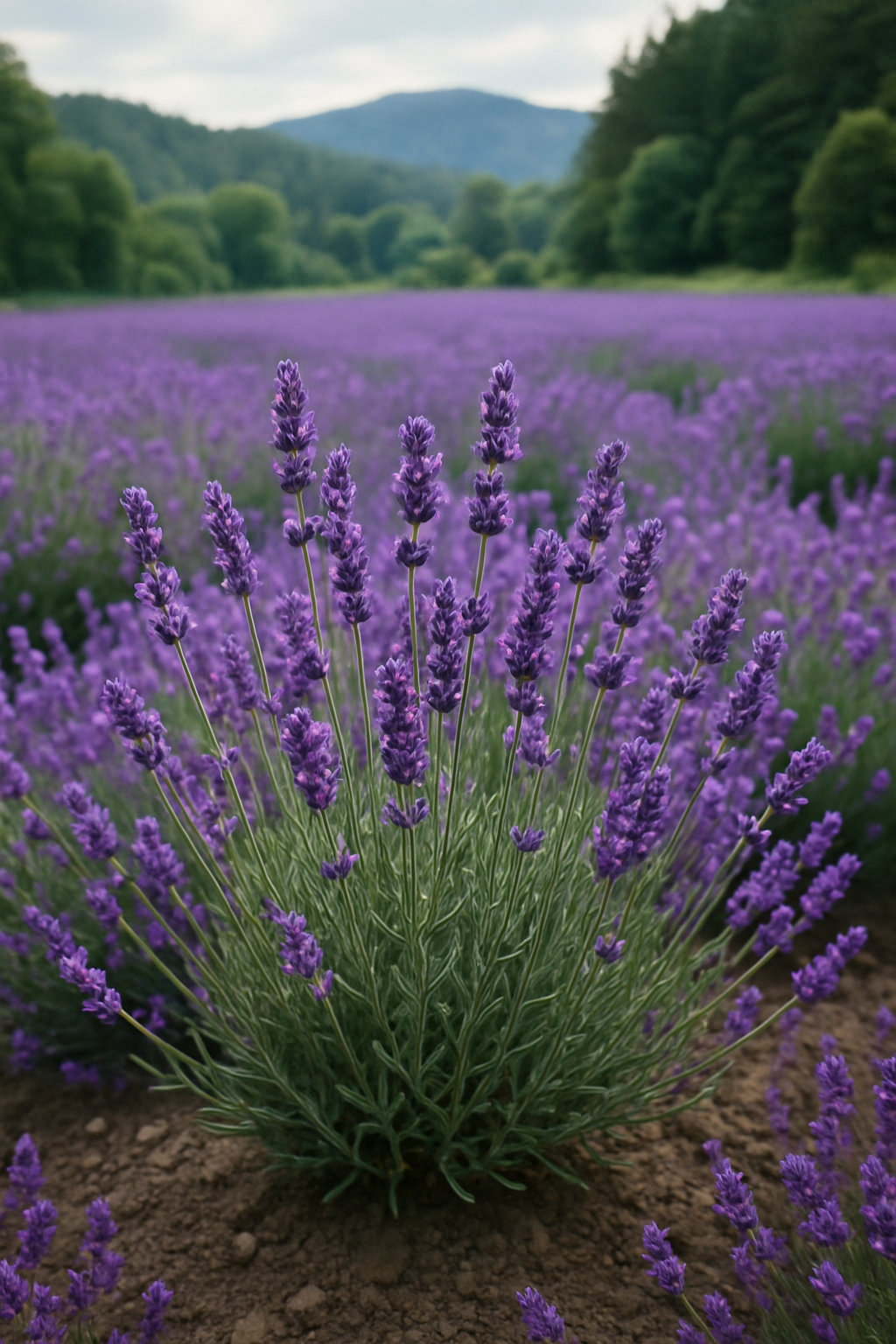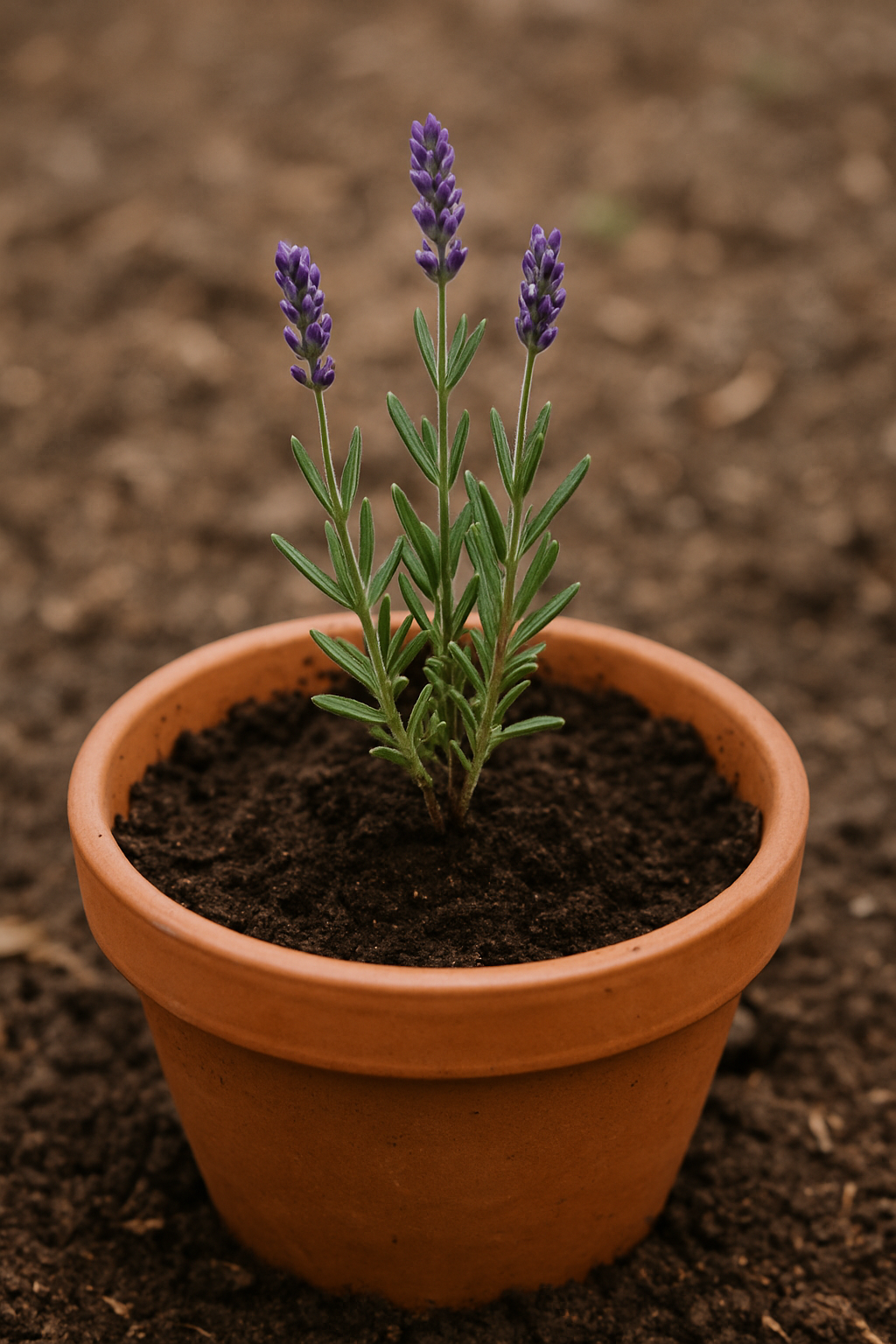Lavender (Lavandula spp.)
Lavandula spp. • Lamiaceae Family
Lavender is a fragrant Mediterranean herb valued for its aromatic purple flowers, drought tolerance, and ease of care. It attracts pollinators, repels pests, and has culinary, medicinal, and ornamental uses. With proper care, lavender can thrive for years in well-draining soil and full sun.
Best Propagation Method
Stem Cuttings - Aromatic and reliable!
Take 4–6 inch softwood cuttings in spring or semi-hardwood cuttings in late summer.
Cut just below a leaf node on a non-flowering shoot using sharp pruners.
Remove lower leaves and optionally dip in rooting hormone.
Insert into a moist, well-draining mix (half peat/coir, half perlite/sand).
Cover with clear plastic or a dome to retain humidity.
Place in bright, indirect light at 65–75°F (18–24°C).
Ventilate periodically and mist to keep slightly moist (not soggy).
Roots typically form in 3–6 weeks. Transplant to larger pot after rooting.
Light Requirements
Full sun is essential – provide at least 6 hours of direct sunlight daily.
Watering
Water regularly while young. Once established, water only during droughts. Allow soil to dry between waterings.
Soil Requirements
Well-draining sandy or loamy soil with slightly alkaline pH (7–8). Avoid clay or overly rich soil.
Temperature
Prefers warm, dry climates. Hardy in USDA Zones 5–9 depending on species. Protect in wet winters.
Prune annually after blooming to prevent woody stems and encourage fresh growth.
Avoid overwatering – lavender is drought-tolerant and prone to root rot in wet soil.
Repels mosquitoes, aphids, and other insects naturally with its aromatic oils.
Great in containers – use terra cotta pots with gritty mix and good drainage.
English lavender is best for culinary use due to its sweet fragrance.
Harvest flower spikes just before full bloom for drying and sachets.
Do not fertilize heavily – too much nitrogen reduces bloom and fragrance.
Dried lavender is a natural moth repellent for closets and linens.
Attracts pollinators – bees, butterflies, and hummingbirds love it.
In cold zones, mulch base in winter or grow in pots to overwinter indoors.



